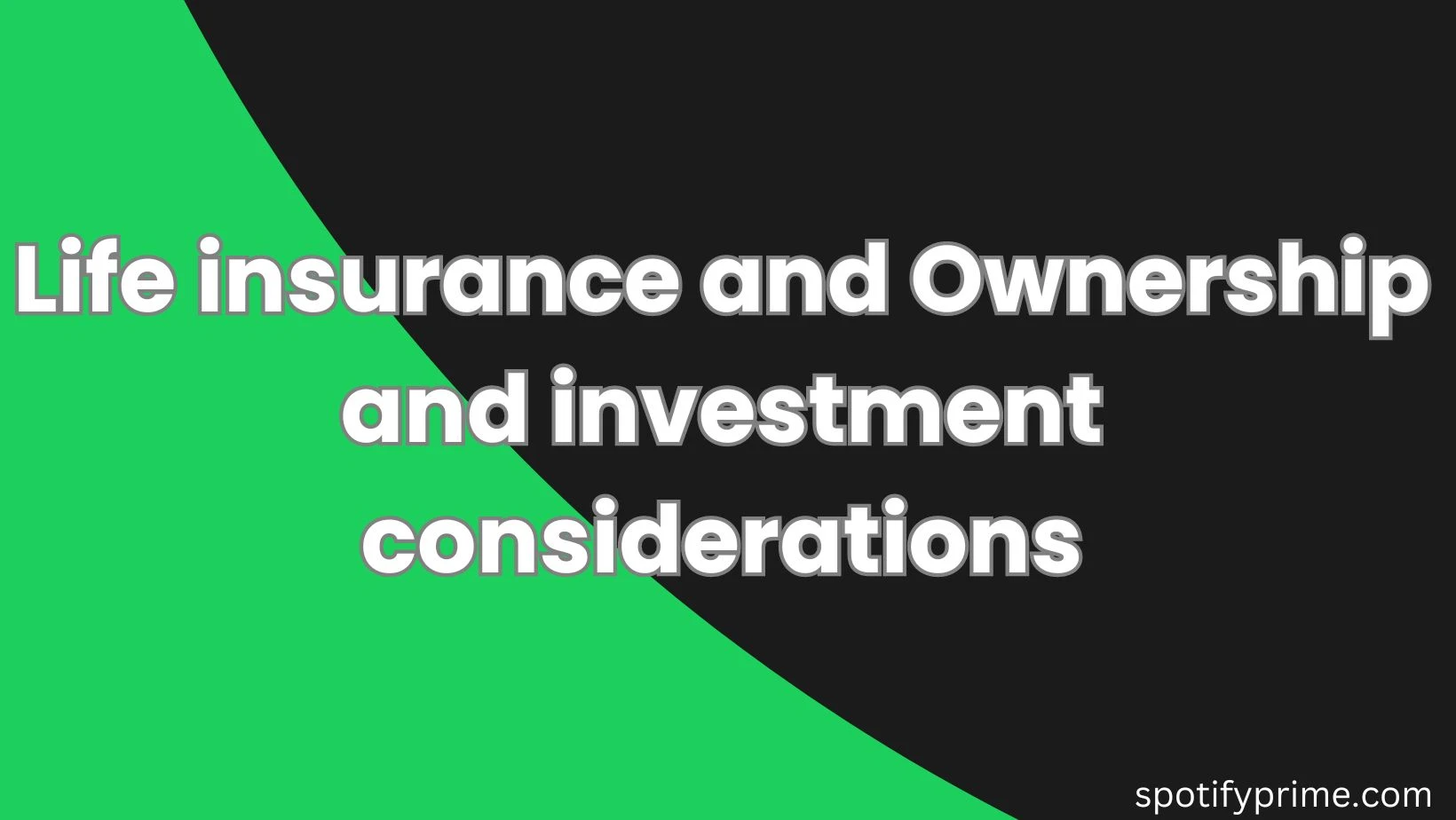Life insurance and Ownership and investment considerations The decision to buy life insurance has an emotional and financial impact on everyone. There are various product options, and each one has merit in choosing it. We consider a few variables that come along with purchasing life insurance.
Types of Insurance:
Policies that are covered fall into two main categories. These policies are categorized as “term” and “universal life” (we have combined “whole life” policies under the universal life umbrella for convenience).
Term Insurance:
Term insurance comes to most people’s minds when they consider an insurance policy. In this case, the the insured pays the insurance company monthly or annually in payments. Because of these premiums, the insured is eligible for a benefit in the event of death. A policy usually goes full effect over a set period of time. Usually, a policy is in effect for ten to twenty years. If the insured is still living after that length of time passes, there is no residual value remaining in the insurance. Because almost 90% of term plans never pay out, the success of insurance firms can be explained.
Universal Life:
This policy is more detailed. In this instance, premiums are also paid; however, they go in part to fund the “insurance” element of the policy. The remaining premium represents an investment you have to invest. Similar to other managed securities, a fund manager makes use of this money to invest in securities. The appreciation and income these securities generate from the policy then benefit the policy holder. This cumulative value compounds inside the policy.
Eventually, the earnings from these assets bring in enough money to pay for the rates for term insurance. As a result, the policy becomes profitable. The insurance customer pays no further financial premiums. The policy remains in force for the term of the policyholder and pays out upon their death.
More than 85% of universal life coverage plans in Canada pay payouts at death or at age 100. These policies offer higher payouts and tax-free investment accumulation. They may also be used as loan collateral. They cost more than term insurance, have an investment portfolio that is conservative, are illiquid, and have penalties associated with taking money out of the investment component.
CONSUMPTION CONSIDERATIONS
The decisions that one makes about insurance entail a lot of factors. These factors can be broadly divided into four categories: ownership, cost, investment considerations, and beneficiary concerns.
Beneficiary considerations
Initially, tell yourself if you truly need life insurance. This comes down to beneficiary considerations in the end. Is there someone whose passing would make everything extremely hard financially for them?
Though this isn’t always the case, the loss of a family’s principal provider will usually have an impact. If two breadwinners provide equal support to the household’s finances, dismissing one might not have any impact at all. Some families have no dependents at all, while others are basically “self-insured” due to their substantial financial standing. Perhaps none of these circumstances necessitate life insurance.
In the event that you find a beneficiary is not in need of insurance, you should consider another question. Many lenders require debtors to have before they will lend money.

Investment considerations
For most of us, one of these useful explanations will hold true. The question that now arises is whether it makes sense to get this insurance as part of a full investing strategy or whether it’s main objective is to reduce financial loss in the case of death.
Term insurance is not economically beneficial on its own. Risk stratification may be useful to an investor in some ways. It is plausible that investors with insurance as a safety net may be slightly more inclined to take on risk. However, the evidence for this claim is not very strong.
If investment is the primary consideration, a universal life insurance policy is much more attractive. This coverage gives the benefits of managed security. However, regulations regarding insurance allow for the buildup of value and income within
Cost
These plans are reasonably priced given their benefits. Term insurance is usually very affordable, while universal life policies are relatively pricey in comparison, but they are also much more variable. Universal life insurance premiums can be significantly higher than other characteristics, such as health, depending on how much of the policy is invested and how much is allocated to insurance. It is evident that both the insureds’ investing goals and the policies’ value represent this variety.
Ownership
The last thing to look at is who should own the insurance. Most of the time, people obtain individual insurance policies. However, we surgeons are in a unique position where the coverage can be acquired by our medical firms. It is clear that there are substantial tax advantages to this method. Because insurance policies are kept in a firm, in contrast to when they were acquired with pretax funds, the after-tax funds represent a far higher percentage of pretax revenue. For a medical organization, it is quite easy to demonstrate that the corporation actively cares about the covered person’s life.
In the two cases, every surgeon looking for life insurance should consider holding it either individually or as a company. Speak with your financial counselor.
Conclusion
Life insurance is a complex topic that needs to be discussed with each customer individually. One of the family’s breadwinners may be merely practicing risk reduction with this. On the other hand, there are sophisticated investment options out there. These have to be taken into account in relation to your personal as well as general investing objectives.
